Kingdom Plantae Subclass Bryidae Family Helodiaceae Scientific name Helodium blandowii Rank Species | Division Bryophyta Order Hypnales Genus Helodium Higher classification Helodium | |
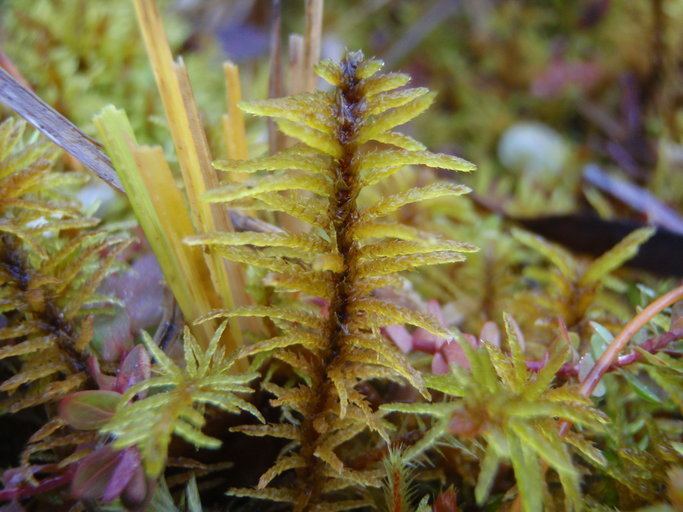 | ||
Similar Moss, Woolly feather‑moss, Angled paludella moss, Slender Green Feather, Cinclidium stygium | ||
Helodium blandowii, also known as Blandow's helodium moss, Blandow's tamarisk-moss, Blandow's bogmoss, and Blandow's feathermoss, is a rare plant in the Western U.S., including Oregon and California. It occurs all around the northern hemisphere in higher latitudes, and in some places is not as rare as in the Western U.S.
Contents
- Technical description
- Distribution habitat and ecology
- Conservation status and threats
- Field identification
- References
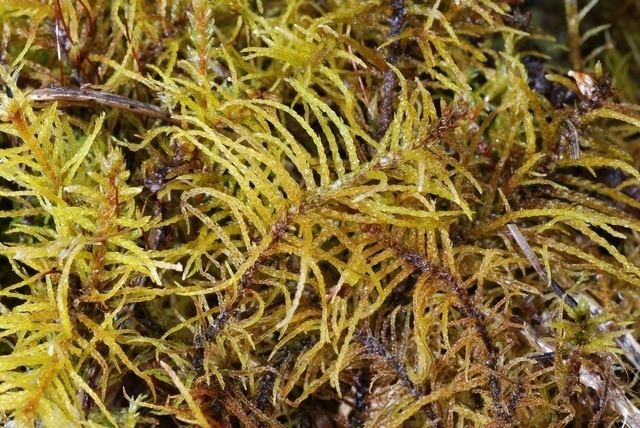
Technical description
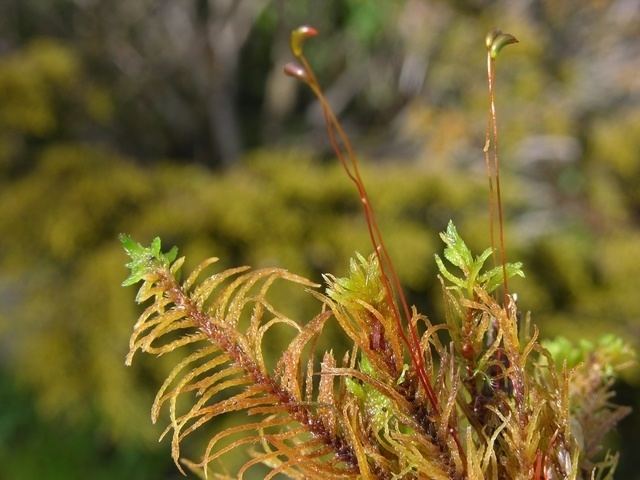
Distribution, habitat, and ecology
This species has a circumboreal distribution.
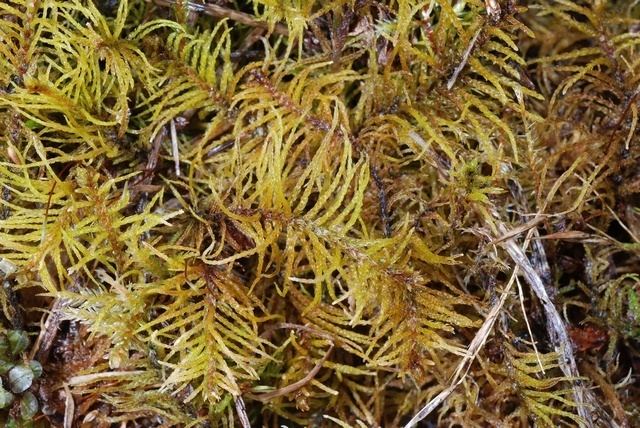
The habitat of Blandow's bogmoss is montane minerotrophic or “moderately rich” fens or mires, usually with calcareous groundwater, where it forms mats and small hummocks; sometimes it can be found under graminoids and shrubs at the edges of these aquatic features, or within them in small rivulets. Associated vascular plants include Agrostis idahoensis, Betula glandulosa, Salix geyeriana, Carex limosa, Eleocharis pauciflora, and Scheuchzeria palustris. Associated mosses include Aulacomnium palustre, Calligeron stramineum, Hamatocaulis vernicosus, Meesia triquetra, Tomenthypnum nitens, Philonotis fontana, Drepanocladus vernicosus, and Hypnum lindbergii. Fens with Scorpidium spp. or Drepanocladus revolvens, however, are too ion-rich, and not suitable habitat for H. blandowii.
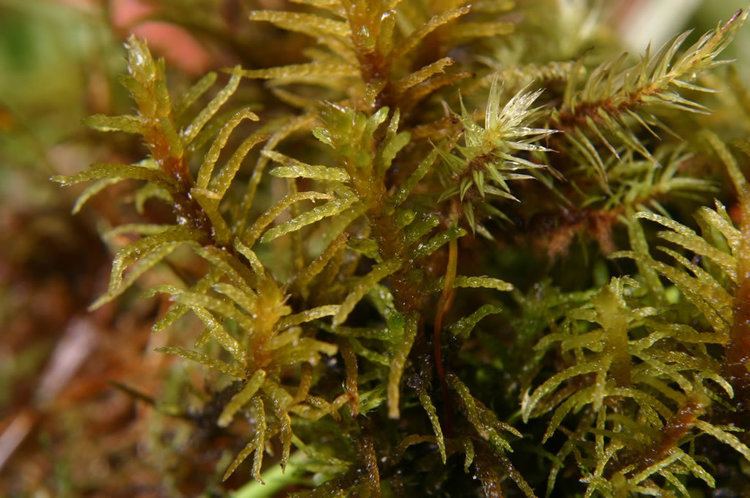
The fire ecology of this plant is not known; however, fens rarely burn. Excess soot from a nearby fire, however, might negatively affect habitat quality.
Conservation status and threats
U.S. Forest Service Pacific Southwest Region Sensitive Species.
California Native Plant Society List 2.3
NatureServe California State Rank: S1.3; Global Rank: G5
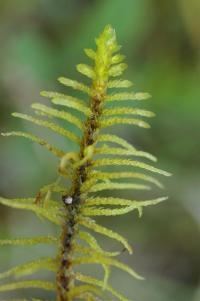
Fens are delicate habitats susceptible to impacts from livestock grazing, hydrologic alteration, construction and continued use of roads, and peat mining. Hydrologic alteration has caused the “well-documented extinction” of this species in Britain.
Field identification
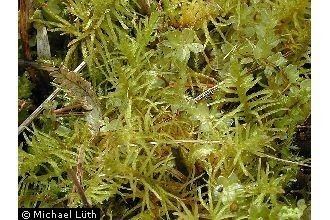
This species is superficially similar to other, somewhat related mosses, but presence in a fen habitat significantly helps in identifying this moss. Its feather-like, flattened stems and branches are distinctive, as are its yellow-green colour and the presence of dense paraphyllia on the stems. The pale, yellow-green colour might at first glance look like Sphagnum, but H. blandowii can be distinguished by its pinnate growth habit, as opposed to the fasciculate habit of Sphagnum.
